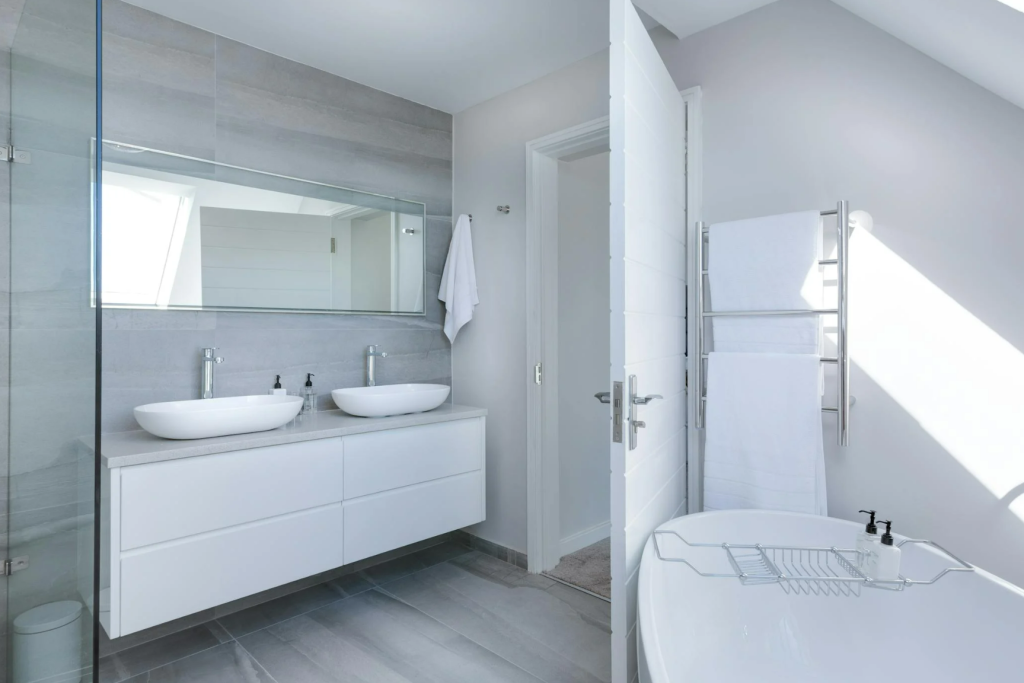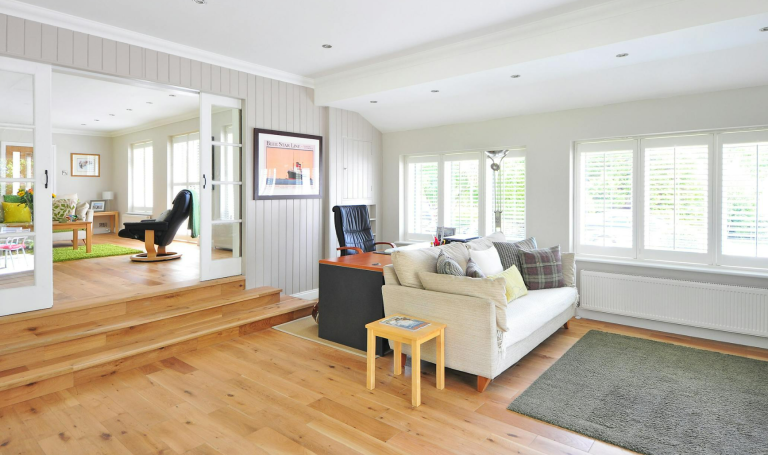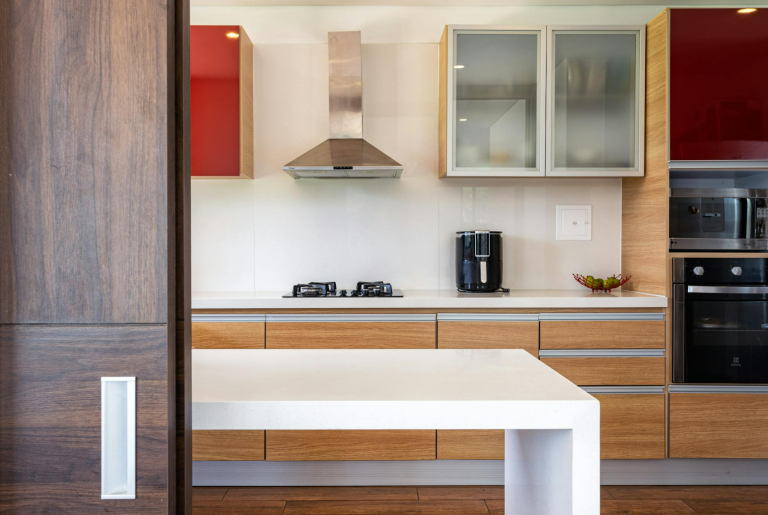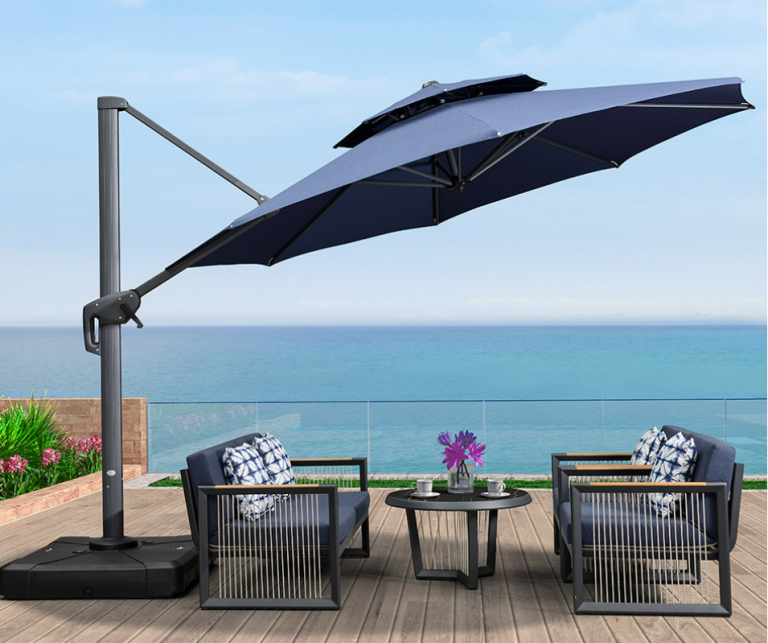

Bathroom Organization Tips: Keeping Wet and Dry Areas Neat
Introduction: The Wet-Dry Divide Dilemma
Ever stepped out of the shower onto a soggy bath mat, or found your toothpaste tube swimming in sink splashes? You’re not alone—53% of bathroom clutter stems from poor wet/dry separation. But here’s the good news: transforming your bathroom into an oasis of order doesn’t require a remodel. Let’s dive into battle-tested strategies that pros use.
Why Separation Matters
Mold Prevention
Bathrooms with unchecked moisture grow mold 80% faster than well-ventilated ones. Mold isn’t just unsightly; it triggers allergies and damages walls.
Safety First
Wet floors cause 23% of home accidents. A well-organized bathroom reduces slip risks by keeping dry zones truly dry.
Step 1: Strategic Zoning
Temporary Solutions
- Weighted shower curtains with magnetic bottoms seal spray better than standard ones.
- Silicone barrier strips on floors create invisible boundaries for water runoff.
Permanent Solutions
Frosted glass partitions (minimum 60cm wide) maintain openness while blocking splashes—ideal for showers near vanities.
Step 2: Moisture Control
- Post-shower squeegeeing cuts drying time by half. Keep one hung on a suction cup hook inside the shower.
- Bamboo fiber towels absorb 40% more water than cotton, reducing dampness transfer to dry areas.
Step 3: Zone-Specific Storage
Wet Areas
- Recessed shower niches (minimum 30cm deep) hold bottles without protruding.
- Corner shelves with epoxy coating resist rust from constant humidity.
Dry Areas
- Medicine cabinets with gaskets protect pills from steam.
- Over-toilet cabinets (45cm clearance) add storage without crowding.
Material Selection
- Porcelain tiles with R11 slip ratings for wet floors.
- Teak wood stools resist water damage while providing dry-zone seating.
Tech Upgrades
- Hygrometers (15−30) alert you when humidity exceeds 60%.
- Motion-activated faucets minimize sink splashes.
Common Mistakes
- Overcrowding windowsills: This blocks critical ventilation.
- Ignoring vertical space: Wall-mounted soap dispensers free up sink real estate.
Conclusion: Harmony in Hydration
Mastering wet/dry separation is like conducting an orchestra—every element plays its part. Implement these steps gradually, and watch your bathroom evolve from chaotic to curated.
FAQs
- Best curtain length for tub showers?
10cm longer than your tub to prevent curtain “float”. - How to childproof wet zones?
Non-slip stickers with fun designs encourage kids to stay put. - Cheapest ventilation fix?
Keep the door slightly ajar with a doorstopper for airflow. - Can plants help with humidity?
Yes—ferns absorb moisture but limit to 2-3 small pots. - Ideal gap under vanity for cleaning?
15cm allows easy mop access while hiding pipes






